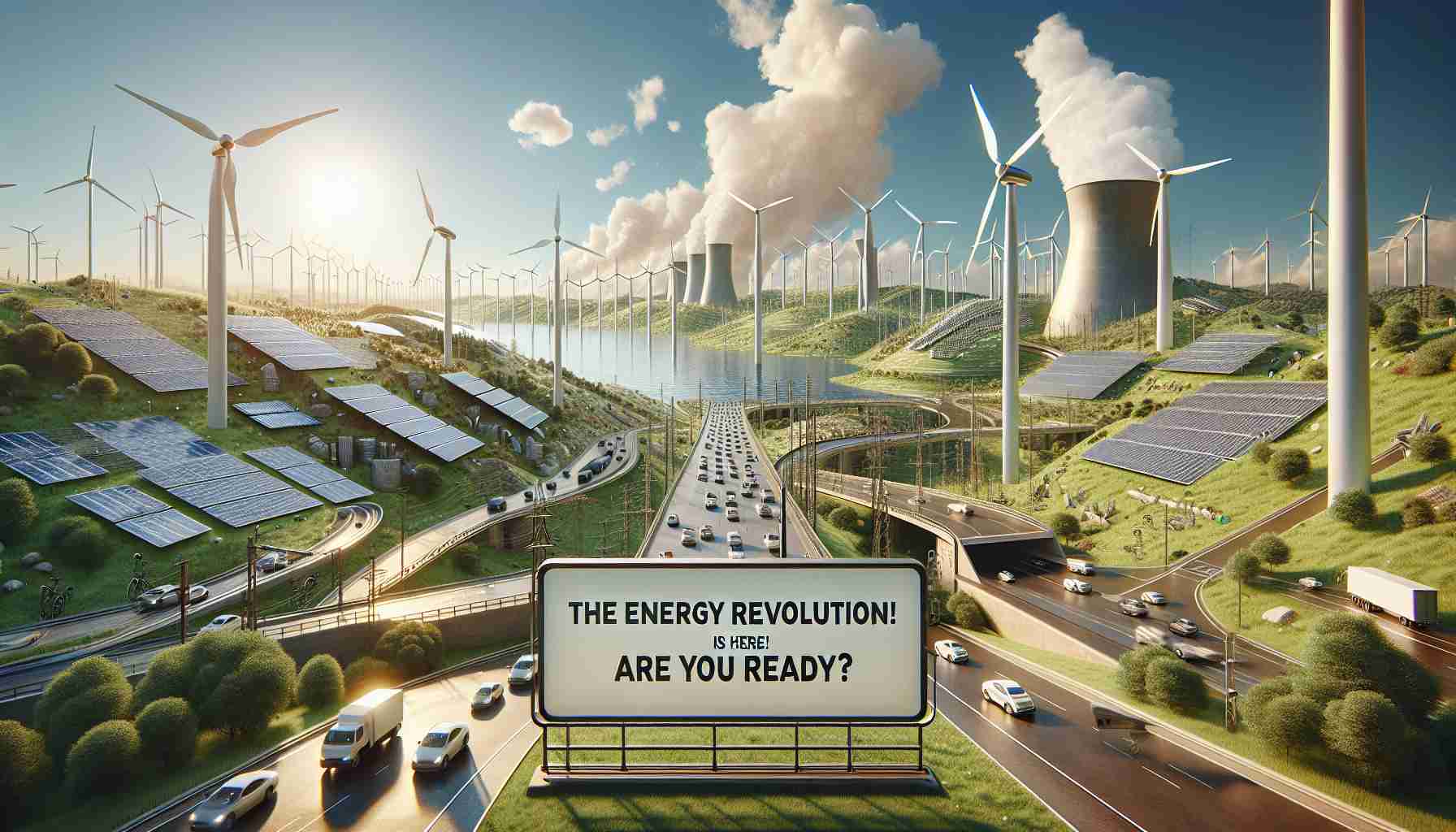The Global Energy Storage Market is Booming!
In 2023, the energy storage market reached a value of USD 20.97 billion and is anticipated to surge at an impressive compound annual growth rate (CAGR) of 19% through 2030, potentially hitting USD 70.89 billion. This explosive growth is largely spurred by the escalating demand for renewable energy sources and breakthroughs in energy storage technologies.
Energy storage systems (ESS) are crucial for delivering a dependable energy supply, particularly as we integrate more solar and wind power into the grid. These systems enable grid operators to manage the fluctuating nature of renewable energy production effectively. Although developed nations lead in technological advancements, the market faces challenges like high initial costs. Fortunately, declining prices and favorable government policies are accelerating global adoption.
Emerging economies are keen to bolster electricity generation to meet escalating demand driven by urbanization and industrial growth. The rise of electric vehicles (EVs) also significantly impacts the energy storage market, as these vehicles require robust storage solutions.
Several innovative technologies are transforming the landscape, particularly lithium-ion batteries due to their efficiency and decreasing costs. Countries such as the United States, China, Vietnam, and Japan are playing pivotal roles in advancing energy storage, positioning themselves as leaders in this crucial sector. The future of energy storage looks promising, paving the way for more sustainable energy practices worldwide.
The Future of Energy Storage: A Market on the Rise
The Global Energy Storage Market is Booming!
The global energy storage market is witnessing an unprecedented surge, with an estimated market value of USD 20.97 billion in 2023. Projections indicate a burgeoning compound annual growth rate (CAGR) of 19%, which could elevate the market to an astonishing USD 70.89 billion by 2030. This robust growth is primarily fueled by the increasing demand for renewable energy sources and significant advancements in energy storage technologies.
Key Features of Energy Storage Systems (ESS)
Energy storage systems play a pivotal role in stabilizing electric grids as they integrate more renewable energy sources like solar and wind power. Here are key features of ESS:
– Load Shifting: ESS can store energy during off-peak periods and release it during high demand, thus leveling out energy consumption throughout the day.
– Frequency Regulation: They help maintain the grid’s electricity frequency, ensuring a stable and reliable power supply.
– Backup Power: In case of outages, these systems provide back-up support, enhancing grid resilience.
Use Cases of Energy Storage
1. Renewable Energy Integration: Facilitate the integration of renewable energy sources by storing excess energy generated during peak production times.
2. Electric Vehicle Charging Stations: ESS can manage energy usage at EV charging stations, helping reduce strain on the grid during peak times.
3. Microgrids: Support localized grids that can operate independently, enhancing energy security in remote and rural areas.
4. Commercial Applications: Businesses are increasingly using batteries to reduce peak demand charges and provide a reliable power supply during outages.
Pros and Cons of Energy Storage Systems
Pros:
– Enhances grid stability and reliability.
– Enables greater use of renewable energy sources.
– Offers economic benefits through demand charge management.
Cons:
– High initial investment costs.
– Space requirements and logistics for installation.
– Limited lifespan of certain battery technologies.
Innovations and Trends in Energy Storage Technology
– Lithium-Ion Battery Advancements: Lithium-ion batteries remain dominant due to their high efficiency and declining costs. Efforts are ongoing to enhance their performance and longevity.
– Solid-State Batteries: Innovations in solid-state technology promise to deliver safer and more efficient storage solutions with longer life spans and higher energy densities.
– Alternative Chemistry Batteries: Research is exploring sodium-ion, flow, and other next-generation battery technologies that may offer lower costs and better sustainability.
Challenges Facing the Energy Storage Market
While the outlook for the energy storage market is optimistic, several challenges remain:
– Initial Capital Costs: The high upfront investment in energy storage technologies is still a barrier for many potential adopters.
– Regulatory Hurdles: Ineffective policies and regulatory frameworks can impede market growth.
– Technical Limitations: Energy density, scalability, and battery recycling processes require further development.
Market Analysis & Competitive Landscape
Countries such as the United States, China, Vietnam, and Japan are at the forefront of investing in energy storage technologies, affirming their positions as leaders in this rapidly developing sector. As governments worldwide grapple with climate change and energy needs, energy storage is becoming a cornerstone of sustainable energy initiatives.
Future Predictions
As innovations continue and production costs decline, the energy storage market is set to expand dramatically. Analysts predict that government incentives, heightened urbanization, and the proliferation of electric vehicles will drive growth across emerging economies.
For more insights into the energy sector, visit Energy.gov.













